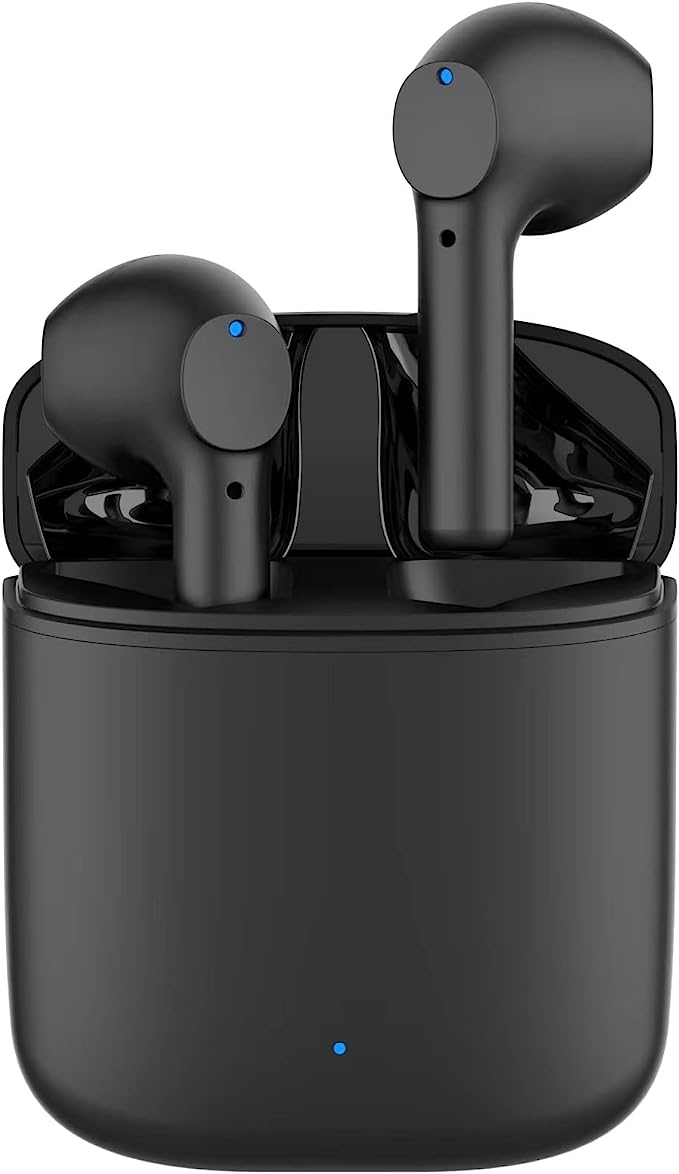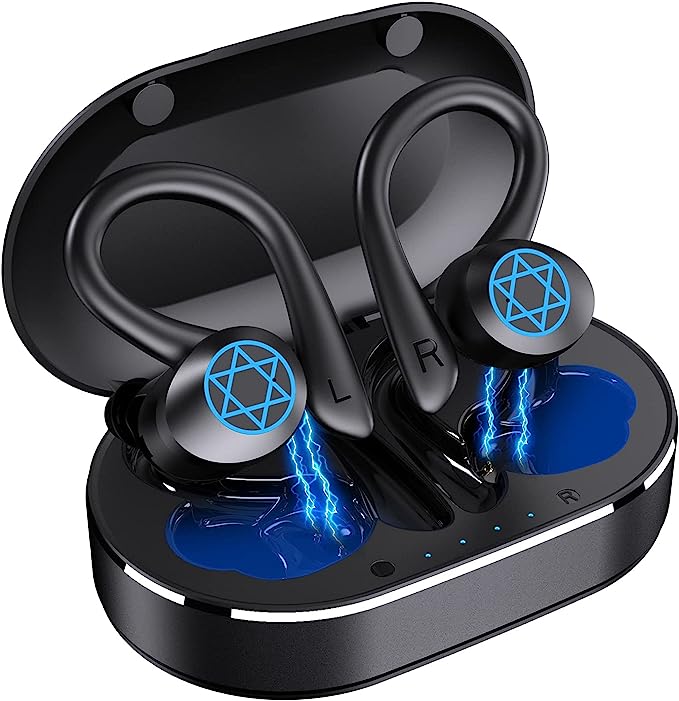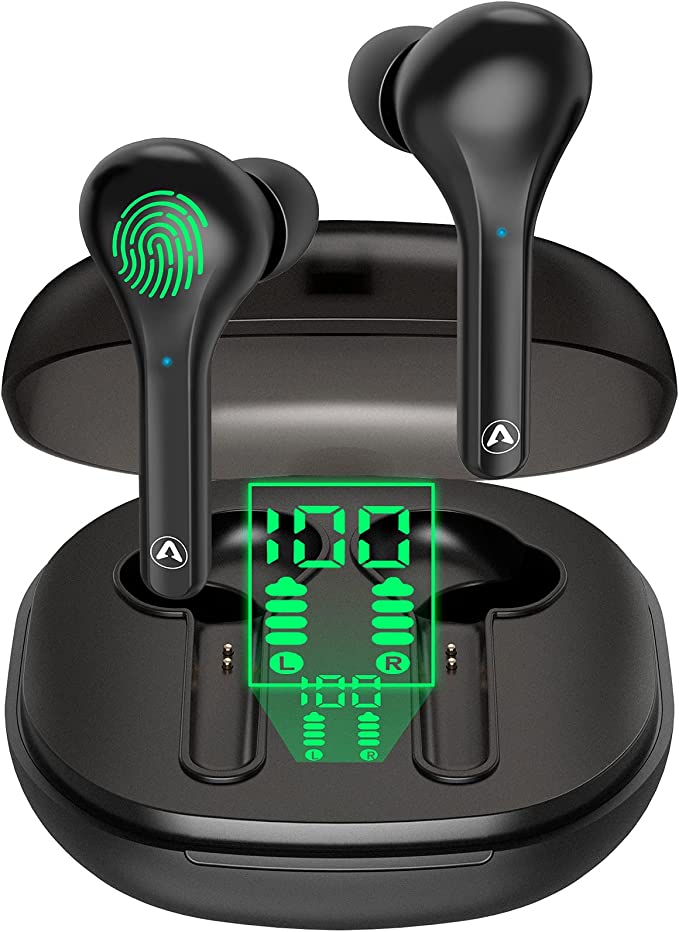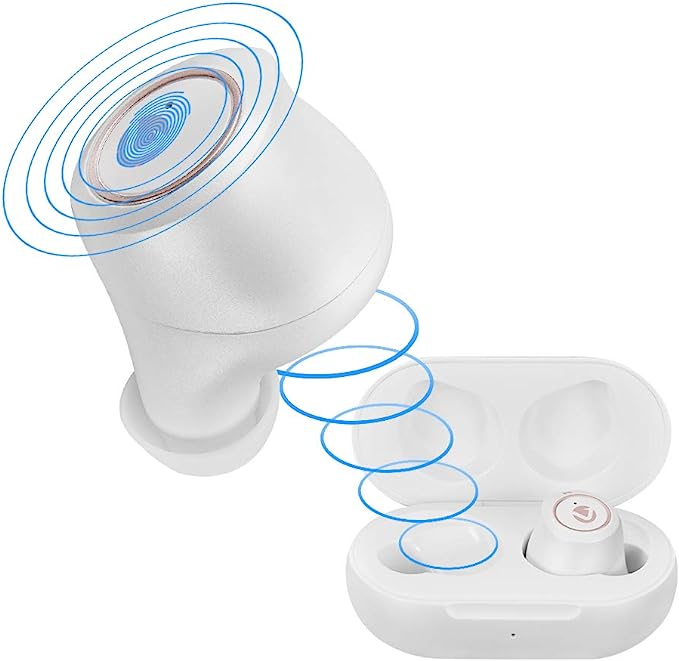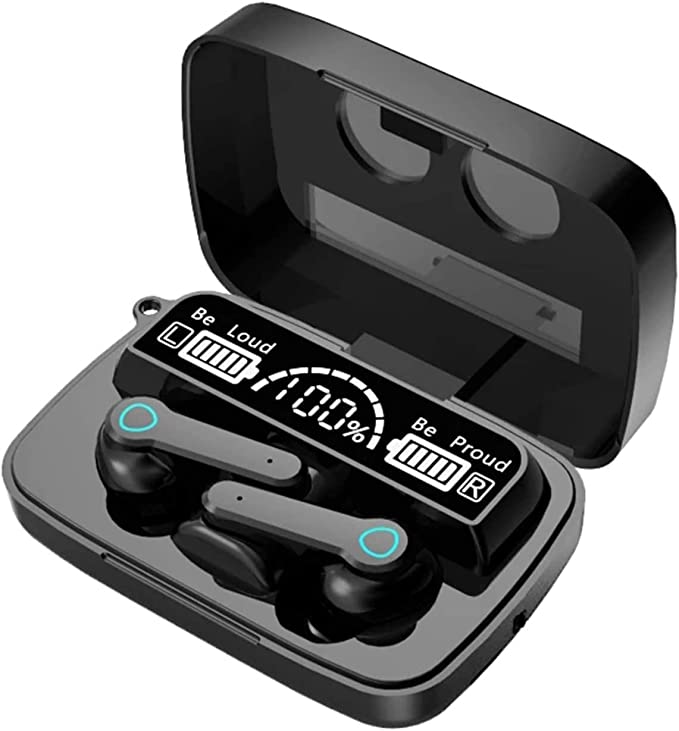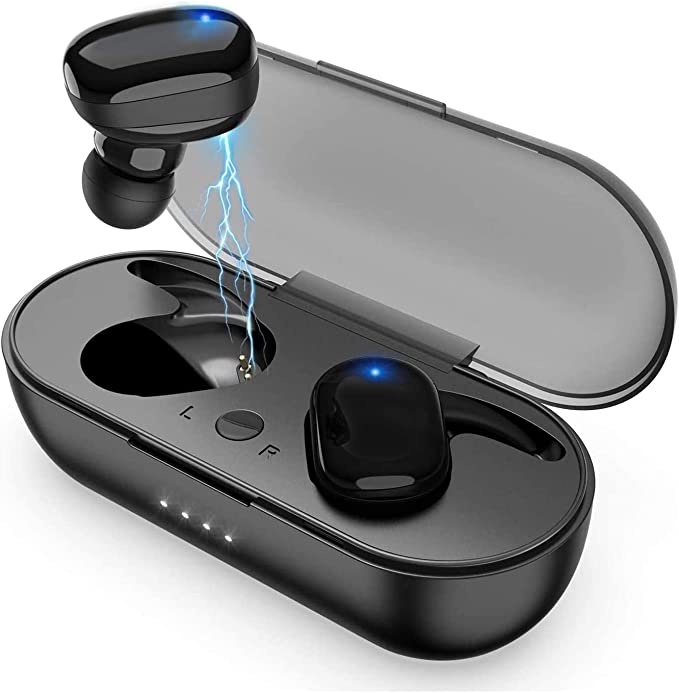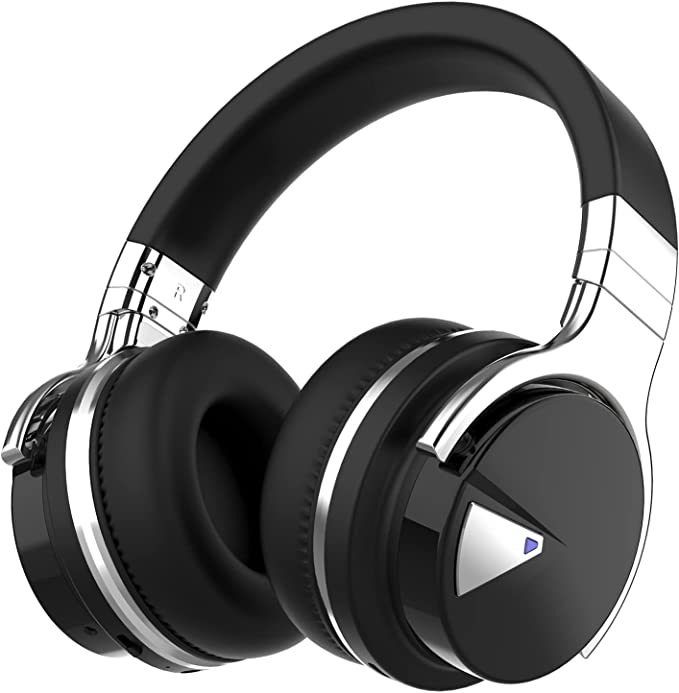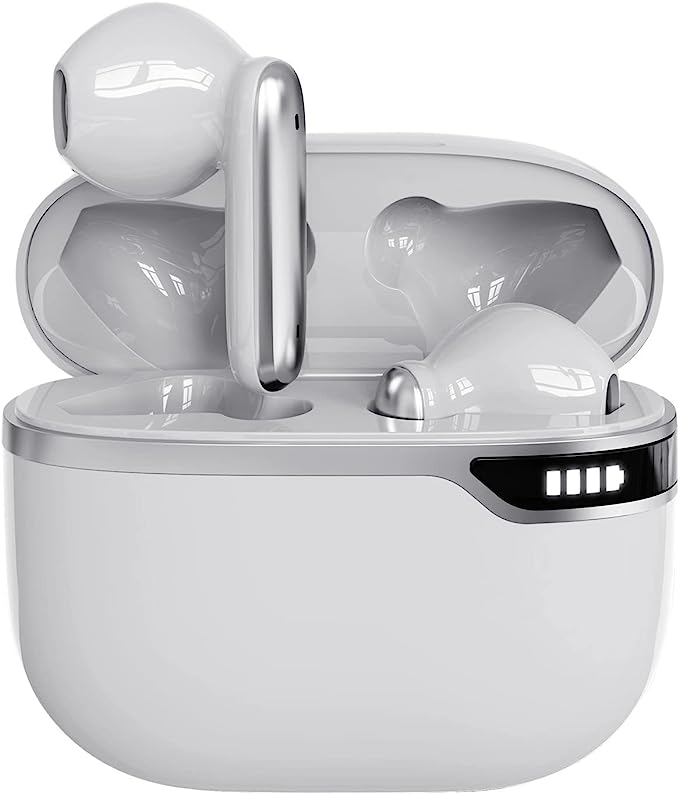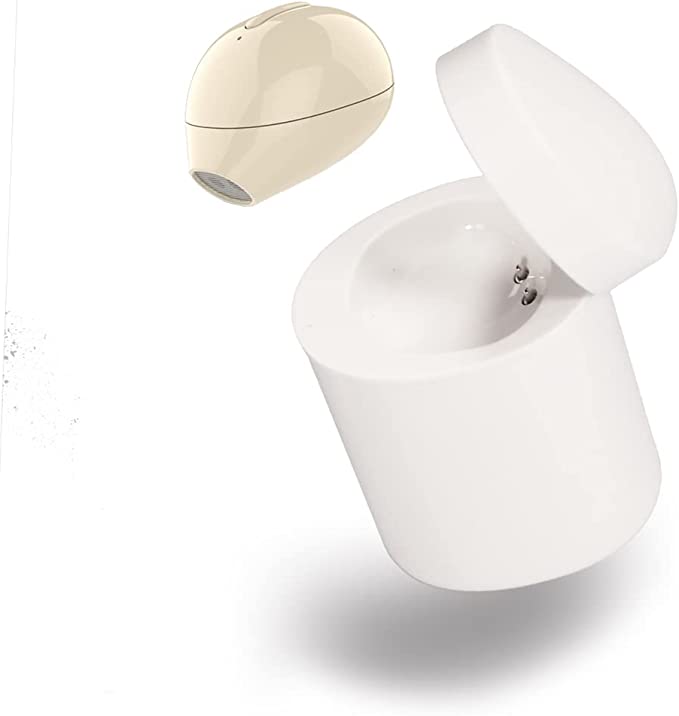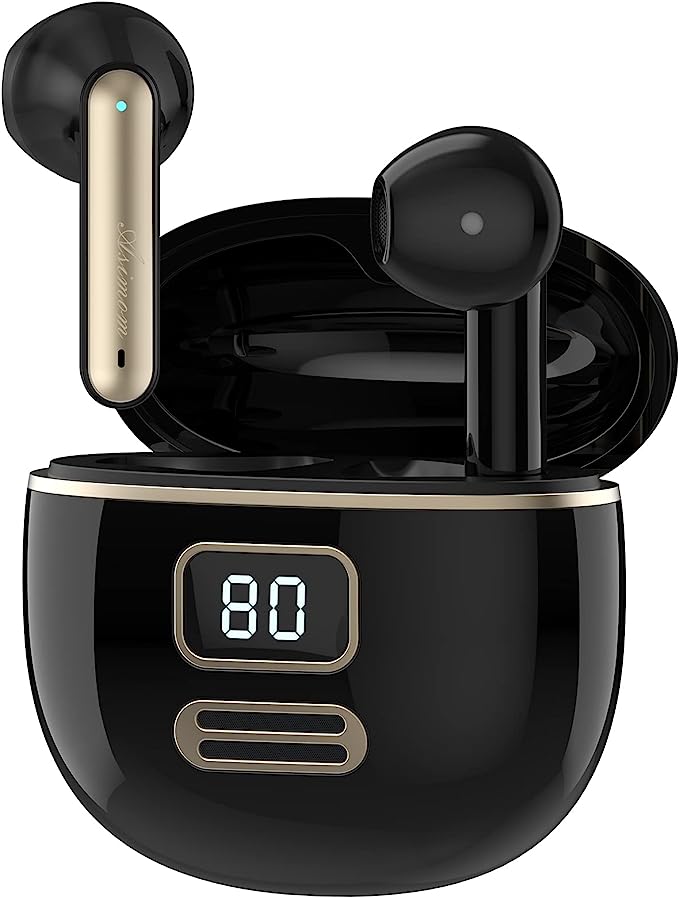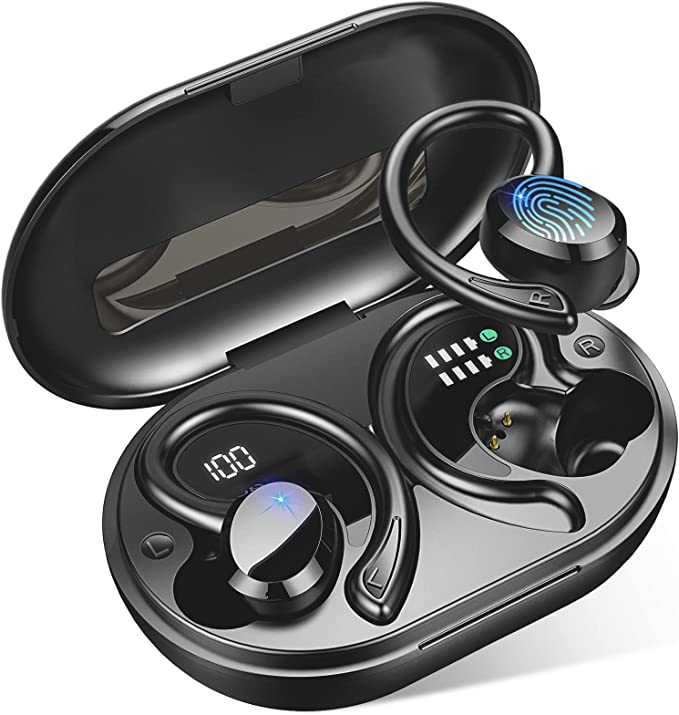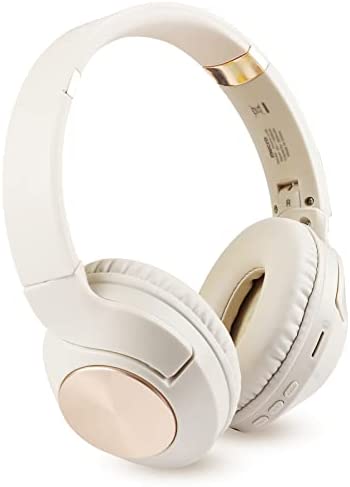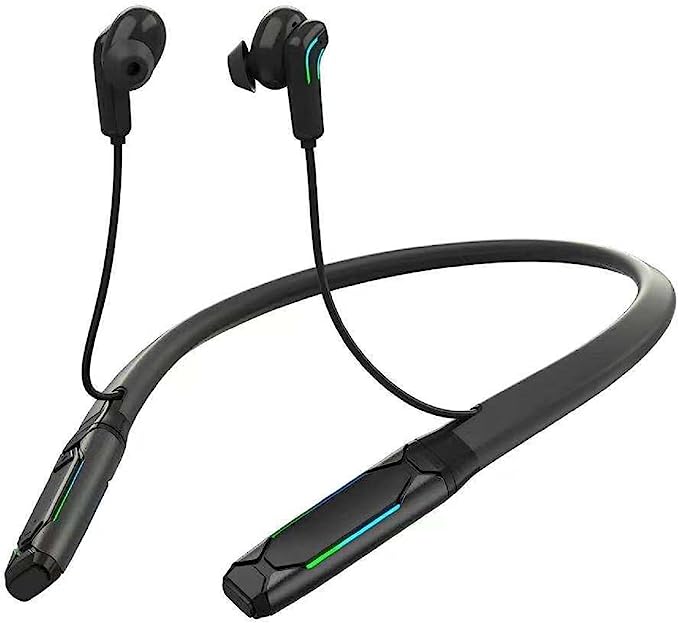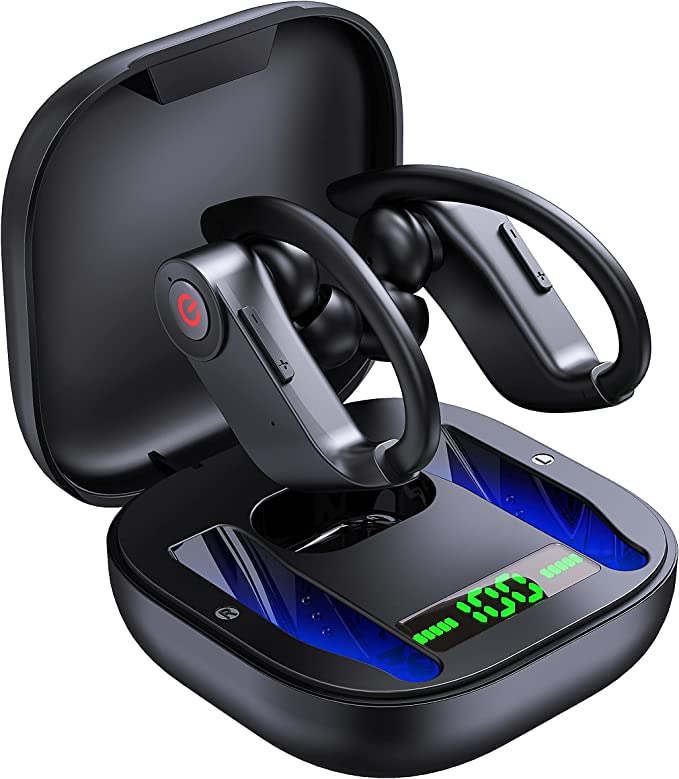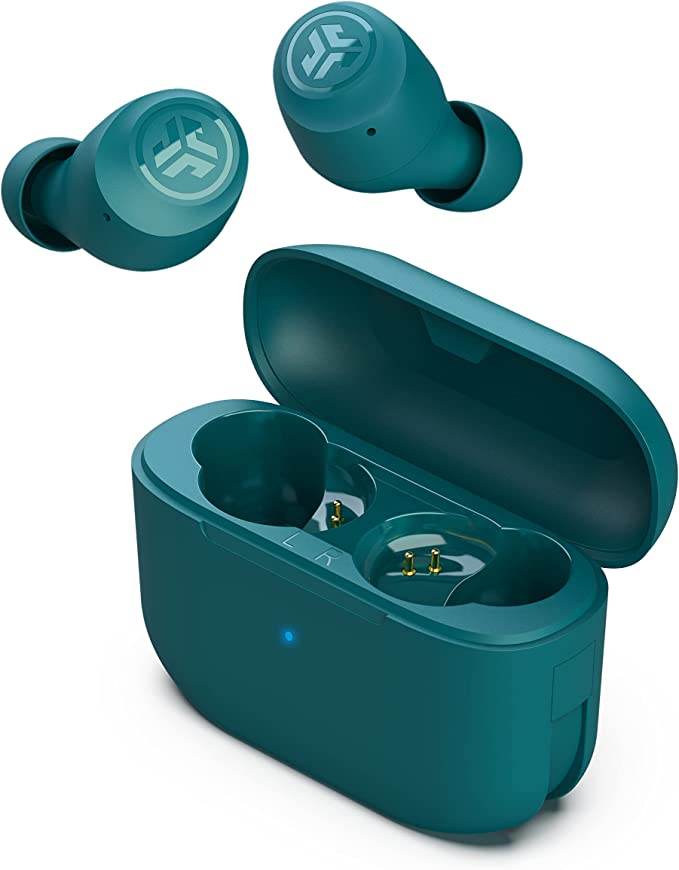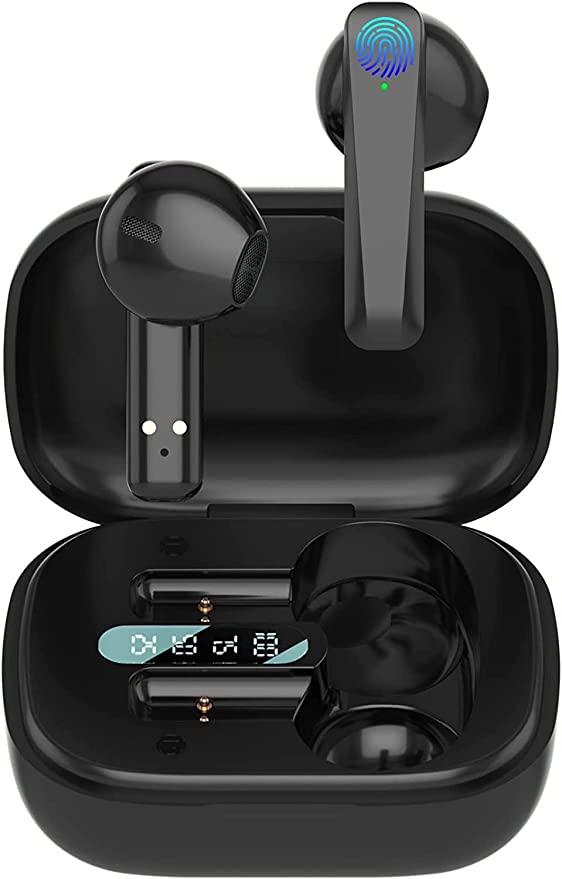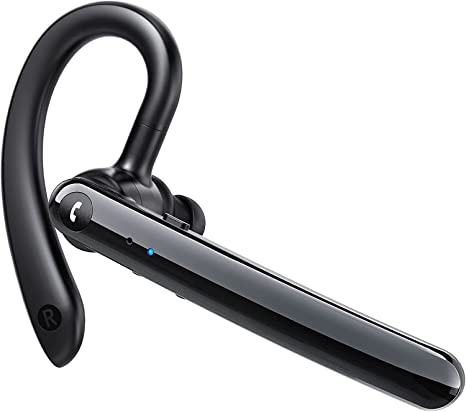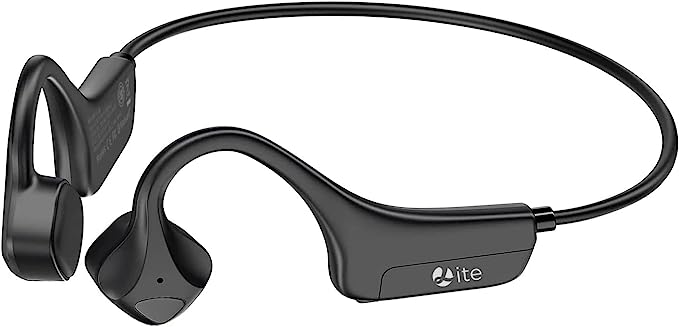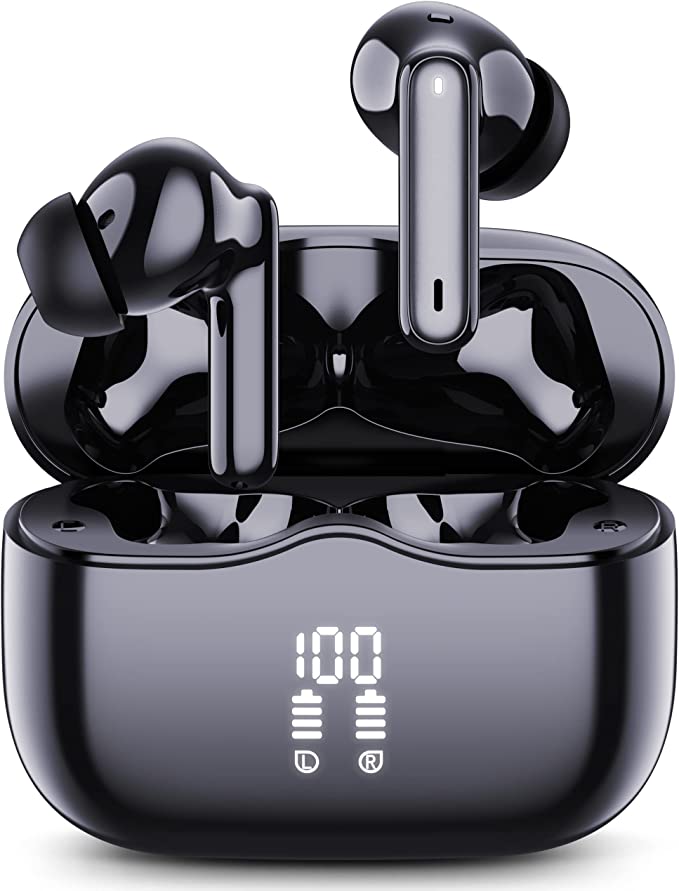Loluka HD-CGR-LQ-T40 Earbuds: A Feature-packed Wireless Headphone for an Active Lifestyle
Update on June 29, 2025, 3:37 p.m.
As an engineer who has spent years in the trenches of consumer electronics, I find a certain beauty in objects that are designed to be workhorses. We’re often dazzled by flagship products with bleeding-edge features and sky-high prices, but the real art often lies in the opposite: creating something affordable, reliable, and perfectly suited to its task. Today, on my workbench, sits such a specimen: the loluka HD-CGR-LQ-T40, a pair of wireless sport earbuds that retail for less than a couple of movie tickets.
My goal here isn’t a conventional review. Instead, let’s perform an engineering autopsy. We’ll peel back the layers of marketing and specifications to understand the science and design choices that make a device like this possible. What can this sub-$30 device teach us about the technology we use every day?
First, a quick field correction. The product is listed as “Over Ear,” which is incorrect. These are classic In-Ear headphones, distinguished by the flexible earhooks designed to secure them during activity. It’s a small detail, but in engineering, precision is everything. Now, with that settled, let’s begin our dissection.

The Physics of Staying Put: A Study in Levers and Friction
Before we even talk about electronics, let’s address the most critical challenge for any sport earbud: gravity and motion. During a run or an intense workout, your body is a chaotic system of forces. The primary job of a sport earbud is to defy these forces and stay put. The HD-CGR-LQ-T40 tackles this not with complex algorithms, but with elegant, high-school-level physics.
The most prominent feature is the detachable earhook. This isn’t just a piece of plastic; it’s a simple lever. When placed over your ear, the hook uses the top of your auricle as a fulcrum. The weight of the earbud, however minimal, creates a downward force that is counteracted by the hook’s structure, distributing the load over a larger area. This prevents the bouncing and jostling of your movement from dislodging the earbud from your ear canal. It’s a brilliant, cost-free mechanical solution to a dynamic problem.
Complementing this is the humble silicone ear tip. The three included sizes (S/M/L) allow the user to create a proper seal inside the ear canal. This seal serves two purposes. First, it provides passive noise isolation, physically blocking out some ambient sound. Second, and more importantly for sports, it maximizes surface area and friction. A well-fitted tip creates a gentle, secure grip that resists the pull of sweat and movement. Together, the lever-action hook and the friction-based tip form a robust two-factor authentication system against falling out.

Surviving the Deluge: Decoding the IPX6 Mandate
Next, we examine its resilience. The earbuds are stamped with an IPX6 rating. This isn’t a marketing buzzword; it’s a specific standard defined by the International Electrotechnical Commission (IEC 60529). Let’s translate it from legalese to plain English.
- IP stands for Ingress Protection. It’s a universal grading system for how well a device is sealed.
- The X means the product has not been tested for protection against solid particles like dust or sand. This is a common cost-saving measure for audio products where dust ingress is a lower risk.
- The 6 is the crucial number for an athlete. It certifies that the enclosure can withstand powerful jets of water from any direction for at least three minutes.
Think of an IPX6 rating as a high-performance raincoat, not a submarine. It’s engineered to handle the deluge of sweat from a high-intensity interval session, a run in a downpour, or a quick rinse under a tap to clean them. It is not, however, designed for submersion. Taking them for a swim would be like wearing that raincoat into a swimming pool—it’s simply not what it was built for. This rating represents a deliberate engineering trade-off: providing robust protection against the most common liquid threats for athletes without incurring the higher cost and complexity of full waterproofing (like IPX7 or IPX8).

The Unseen Handshake: The Quiet Competence of Bluetooth 5.1
With the physical housing secured, let’s move to the electronics. The connection is handled by Bluetooth 5.1. In the fast-moving world of wireless standards, 5.1 is no longer the absolute latest, but it represents a sweet spot of maturity, stability, and efficiency—perfect for a workhorse device.
When your earbuds connect to your phone, they are performing an invisible digital handshake. Bluetooth 5.1 makes this process faster and more reliable. More importantly, it excels at maintaining that connection in a busy environment. It uses a technique called Frequency-Hopping Spread Spectrum (FHSS), where it rapidly switches between dozens of frequencies. This makes it incredibly resilient to interference from other wireless devices, like the Wi-Fi network and other Bluetooth users at a crowded gym.
Furthermore, Bluetooth 5.1 is exceptionally power-efficient, a key reason why a tiny 30mAh battery in each earbud can deliver a claimed six hours of playtime. It sips power, ensuring the connection itself doesn’t become the main drain on your battery, leaving more energy for what matters: playing your audio.

The Art of Being Heard (and the Truth About “Hi-Fi”)
Now for the sound. The T40 boasts two features: “Clear Call” via Environmental Noise Cancellation (ENC) and “Hi-Fi Stereo Deep Bass.” Let’s separate the engineering from the marketing.
ENC is a clever piece of signal processing for phone calls. It uses a two-microphone array. One microphone focuses on capturing your voice, while the other is aimed at the surrounding environment to capture background noise. The earbud’s processor then creates an inverse soundwave of the background noise and subtracts it from your voice signal. Imagine giving your voice a “noise-canceling mask” before sending it to the person on the other end. This is different from Active Noise Cancellation (ANC), which is designed to quiet the world for you. ENC is about making you sound clear to others—a practical feature for taking a quick call without stopping your workout.
The term “Hi-Fi” (High Fidelity), however, should be taken with a grain of salt. In the audiophile world, Hi-Fi means a faithful, uncolored reproduction of the original recording. In a sub-$30 sport earbud, it’s more accurately a marketing term for a specific sound signature: a “V-shaped” tuning. This typically involves boosting the low frequencies (bass) and the high frequencies (treble). This isn’t a bad thing; in fact, it’s a smart choice for a sport context. The emphasized bass provides a powerful, motivational rhythm, while the boosted treble helps vocals and cymbals cut through the sound of your own breathing and footsteps. It’s not fidelity in the purest sense, but it is an effective acoustic tool for its intended purpose.

The Engineer’s Verdict: An Ode to Mature Technology
Finally, we look at the power system: a 30mAh battery in each bud and a 200mAh “bank” in the case, all charged via the modern Type-C standard. The system is a microcosm of our mobile lives: a small daily allowance of power in your ears, with a portable reserve to get you through a full day.
As we conclude our autopsy, the verdict is clear. The Loluka HD-CGR-LQ-T40 is not a revolutionary device. It is something arguably more impressive: a masterclass in the intelligent integration of mature, proven technologies. There are no expensive gambles here. The physics of the earhook, the global standard of IPX6, the reliable handshake of Bluetooth 5.1, and the common-sense tuning of the audio all point to a design philosophy of “robust adequacy.”
It’s a reminder that great engineering isn’t always about inventing the future. Often, it’s about artfully combining the best of the present to create a tool that is accessible, dependable, and does its job without complaint. The next time you pick up any piece of everyday tech, take a moment. Look past the brand and the price tag, and try to see the hidden elegance in the engineering choices that make it work.
